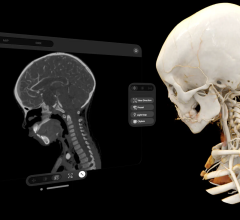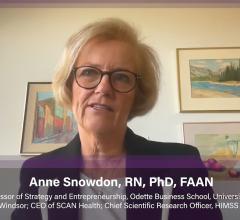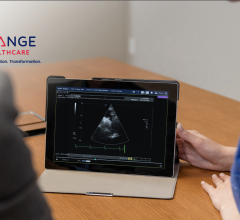April 6, 2009 - A new study from healthcare research firm KLAS entitled “The KLAS report For Better or Worse: A Report for Providers on Healthcare IT Mergers & Acquisitions” look at why some healthcare IT mergers and acquisitions succeed in creating value for healthcare providers while others severely impact customer satisfaction.
The report also highlights the warnings signs providers should watch for to determine whether to migrate to a new solution if one of their IT system or service vendors is acquired.
When a healthcare provider has made a significant investment in an IT system or consulting service, the prospect of that system's vendor being acquired raises a number of questions, from what will happen to key management relationships to how will the move affect product development plans? The report identifies a number of common characteristics among recent mergers and acquisitions, as well as which vendors do the best job integrating new technology or services without impacting customer satisfaction.
According to the KLAS report, one of the foremost factors in determining the success of a merger or acquisition is the fate of the acquired company's senior management.
"When it comes to maintaining or increasing the satisfaction of an acquired customer base, it's all about the people," said Jeremy Bikman, KLAS executive vice president of research and strategy and author of the new report. "Healthcare providers are keenly aware that people build products, people provide the support and people build relationships. What a vendor does with the acquired senior leadership or allows to happen to them sends a very clear message about the coming changes to the acquired customer base."
The report cites the examples of McKesson and IBM to illustrate the impact of senior leadership changes. With many of the McKesson acquisitions examined for the report, McKesson made a concerted effort to retain the acquired company's key leadership for a considerable time. That effort is, in part, reflected by the fact that the overall KLAS performance score for companies and products acquired by McKesson shows an aggregate 2 percent increase following the acquisitions.
In contrast, much of the senior leadership at Healthlink has departed the company since its sale to IBM. Once considered one of the best healthcare IT consultancies in the industry, Healthlink's performance score following its acquisition by IBM has steadily declined, contributing to a 12 percent drop in overall performance.
Of the 13 vendors profiled in the study, Accenture was the most successful at integrating acquired companies, personnel and services, showing a 12 percent increase in overall performance following the acquisitions. ACS and QuadraMed were tied for second, each with a 4 percent overall increase. On the other end of the scale, performance scores for vendors and products acquired by IBM and Agfa showed a 12 percent drop, with Cerner- and GE-acquired products each showing a 9 percent drop. Other vendors referenced in the report include Allscripts, Nuance, CSC, Eclipsys and Philips.
Other factors that contributed to the increase or decline of customer satisfaction following an acquisition include corporate culture, product/service development strategy and communication.
KLAS also identifies a number of predictive factors that can serve as a warning sign to healthcare providers wondering whether they should abandon a recently acquired IT system or service in favor of a different solution:
· Why did the acquisition occur? If the acquiring vendor's intent was to eliminate a competitor or gain market share, the acquired customer base may see a quick decline in support.
· What happens to the acquired senior management? The most difficult transitions for acquired customers tend to be those where top leadership exits soon after the event.
· What is the product strategy? If an acquired product is viewed as redundant, providers are generally left to migrate to the new product or survey the market for a replacement solution.
For more information: www.KLASresearch.com


 March 21, 2024
March 21, 2024 








